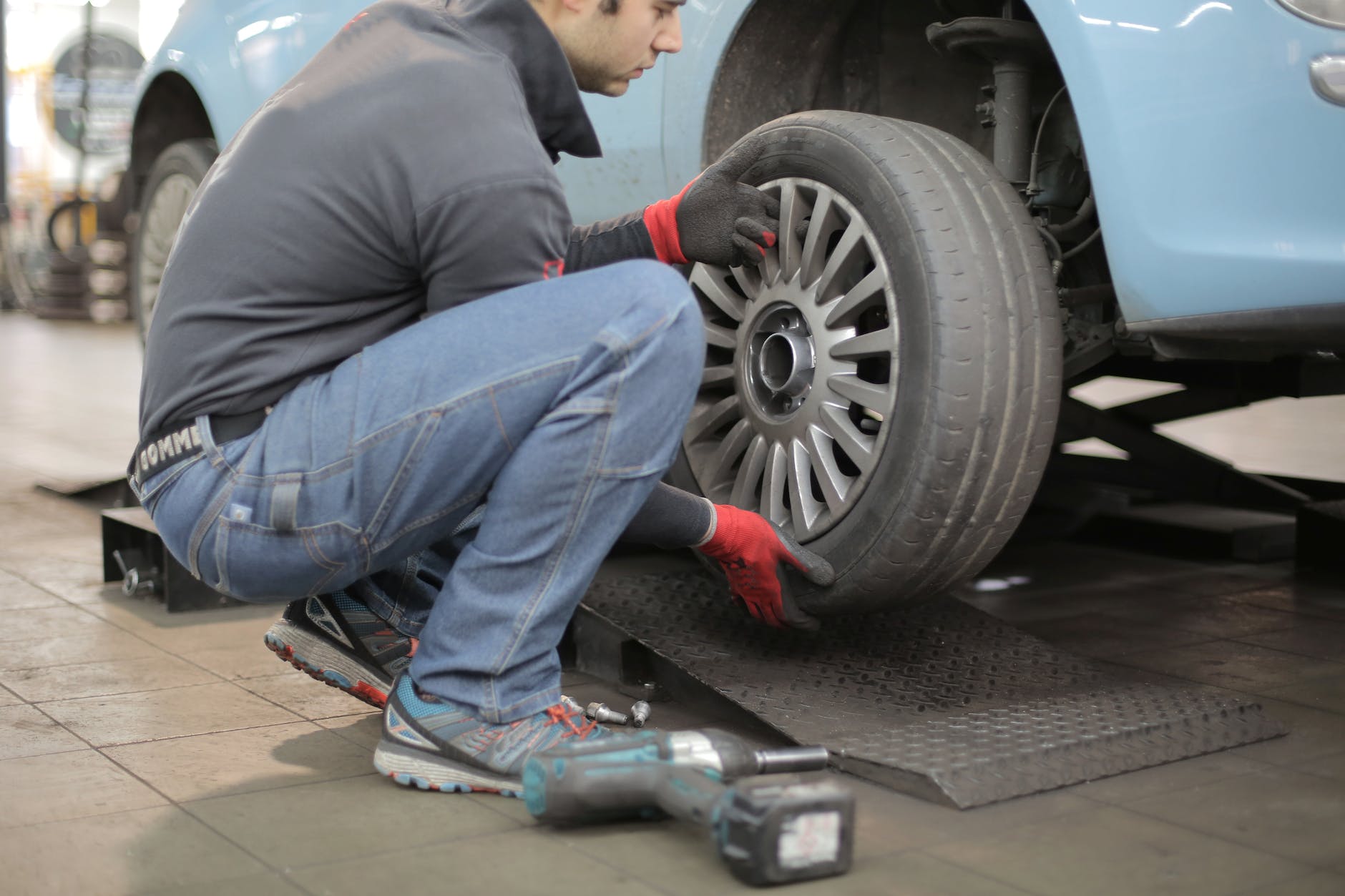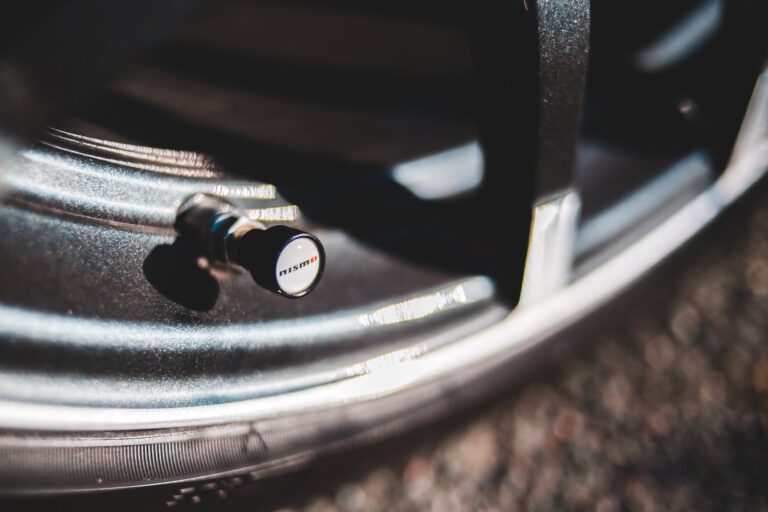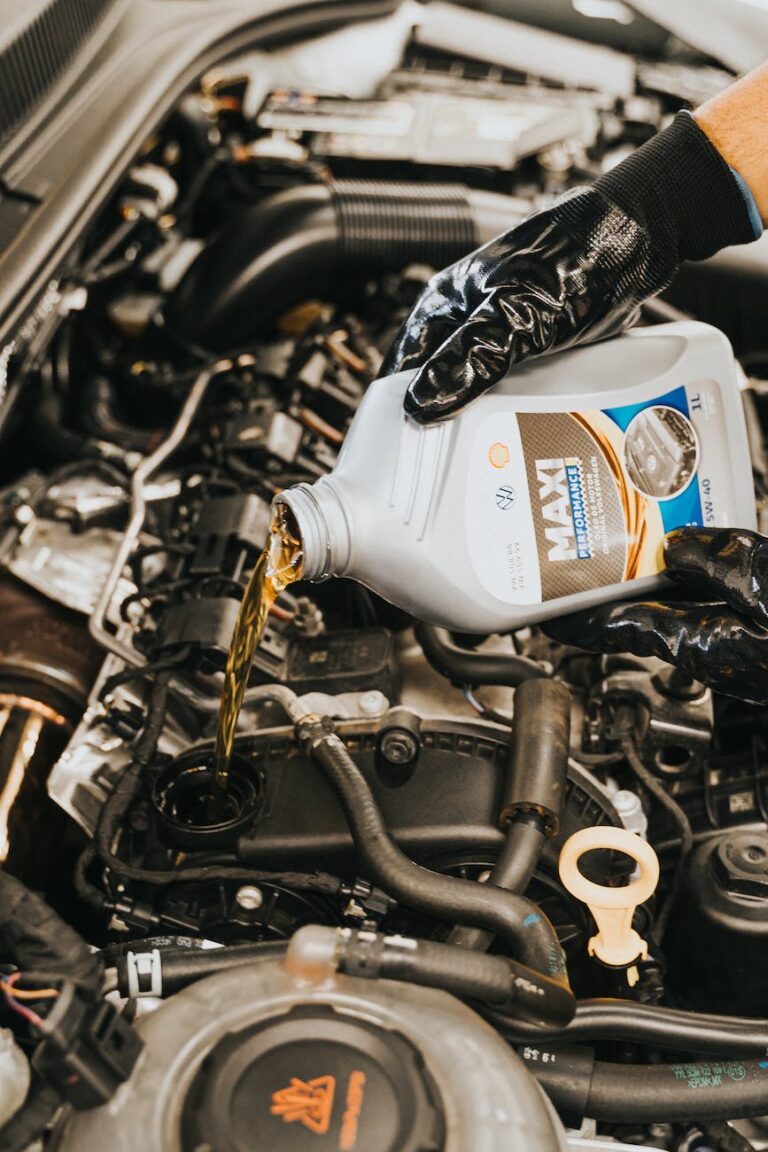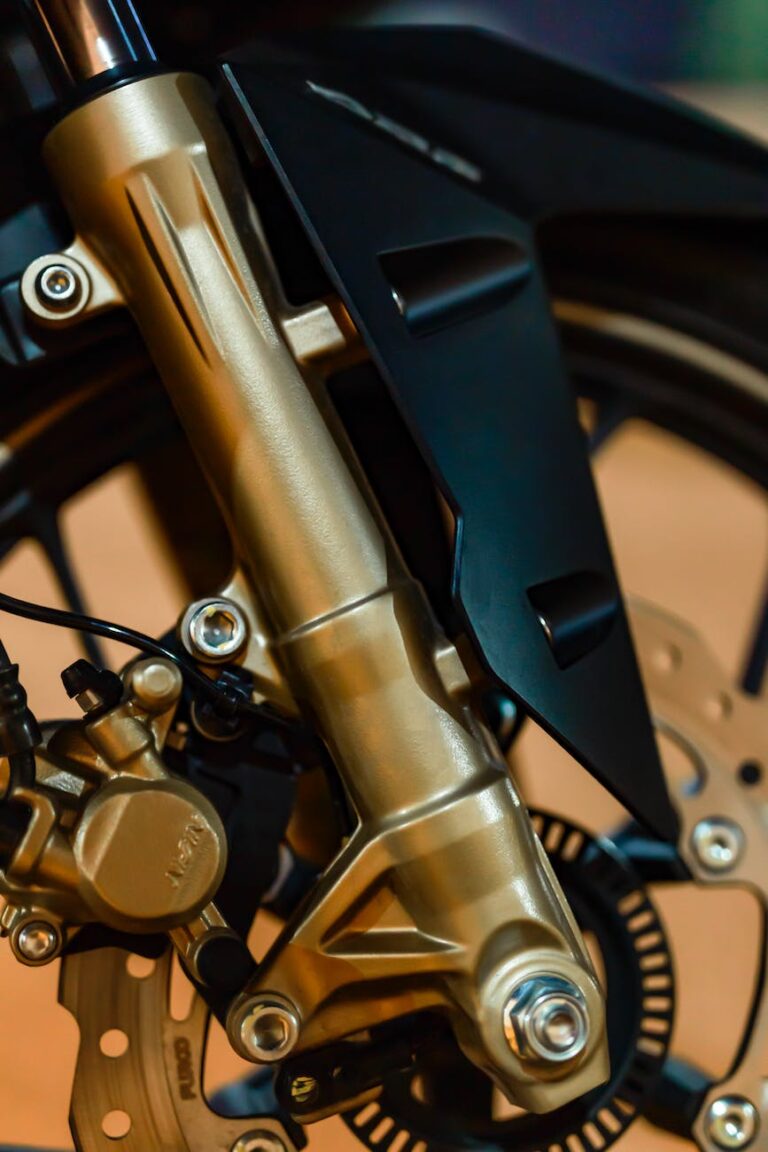Understanding Car Tire Lifespan
To ensure optimal performance and safety on the road, it’s important to understand the factors that can affect the lifespan of your car tires. By being aware of these factors and recognizing the signs of worn-out tires, you can take proactive measures to maintain and replace your tires when necessary.
Factors Affecting Car Tire Lifespan
The lifespan of a car tire can vary depending on several factors. On average, a car tire can last approximately 4-6 years, but this can be influenced by various elements, including:
-
Driving Habits: Aggressive driving, excessive braking, and rapid acceleration can accelerate tire wear. Smooth and cautious driving can help extend the lifespan of your tires.
-
Road Conditions: Frequent driving on rough or poorly maintained roads can cause increased wear on your tires. Potholes, debris, and uneven surfaces can lead to premature tire damage.
-
Maintenance: Proper tire maintenance plays a crucial role in tire lifespan. Regular inspections, proper inflation, and routine tire rotation and alignment can help maximize your tire’s longevity.
-
Environmental Factors: Extreme temperatures, excessive sunlight exposure, and high humidity can all impact tire durability. Over time, the rubber compounds in tires can deteriorate, leading to reduced traction and increased risk of hydroplaning on wet roads.
-
Quality and Type of Tires: The quality and type of tires you choose can significantly affect their lifespan. Premium tires tend to have longer lifespans compared to budget options. Additionally, certain tire types, such as winter tires or all-season tires, may have specific tread patterns and rubber compounds designed for different weather conditions.
Signs of Worn-out Tires
Regularly inspecting your tires for signs of wear and tear is crucial for identifying when they need to be replaced. Here are some common indicators that your tires may be worn-out:
-
Tread Depth: A tire’s tread depth is essential for maintaining proper traction. If the tread depth reaches 2/32 of an inch or less, it’s time to replace the tire. A simple way to check tread depth is by using the penny test: insert a penny into the tread with Lincoln’s head facing down. If you can see the top of Lincoln’s head, the tread is too shallow and the tire needs replacing.
-
Cracks, Bulges, and Other Warning Signs: Inspect your tires regularly for cracks, bulges, and other visible signs of damage. Cracked tires can be a sign of a future blowout, while bulges can indicate internal damage. Objects lodged in the tire, punctures, and uneven tread wear should also be addressed promptly.
-
Mileage and Age of Tires: Even with proper maintenance, tires will naturally wear out over time. If your tires have reached the manufacturer’s recommended mileage limit or are more than six years old, it’s advised to replace them, regardless of their apparent condition.
By understanding the factors that affect tire lifespan and recognizing the signs of worn-out tires, you can prioritize regular tire maintenance and ensure you replace your tires at the appropriate time. For more information on car tire maintenance and replacement, check out our articles on car tires and tire pressure for cars.
Importance of Regular Tire Maintenance
To ensure the longevity and optimal performance of your car tires, regular maintenance is essential. Proper tire maintenance not only extends the lifespan of your tires but also contributes to your safety on the road. In this section, we will explore the importance of tire inspections and maintenance, proper inflation and tire pressure, as well as tire rotation and alignment.
Tire Inspections and Maintenance
Regular tire inspections are crucial for identifying signs of wear and tear, as well as potential issues that may affect the lifespan of your tires. It is recommended to inspect your tires at least once a month, as well as before long trips. During these inspections, look for the following signs:
-
Tread depth: Measure the tread depth using the penny test. Insert a penny into the tread with Lincoln’s head facing down. If Lincoln’s head is fully visible, it indicates that the tread depth is below the recommended 2/32 of an inch. At this point, it is important to consider replacing the tires (ATL Columbus).
-
Uneven wear patterns: Check for any uneven wear on the tire surface. Uneven wear may indicate alignment issues or improper tire inflation. If you notice uneven wear, it is advisable to have your tires inspected by a professional.
-
Bulges and cracks: Inspect the sidewalls of your tires for any bulges or cracks. Bulges are usually a result of impact damage, while cracks may indicate age or exposure to harsh conditions. If you notice any of these signs, consult a tire specialist for further evaluation (ATL Columbus).
In addition to inspections, regular maintenance practices such as cleaning your tires and wheels, as well as removing debris and stones lodged in the tread, can help prolong their lifespan and maintain optimal performance.
Proper Inflation and Tire Pressure
Maintaining proper inflation and tire pressure is crucial for both safety and tire longevity. Underinflated or overinflated tires can lead to uneven wear, reduced fuel efficiency, and compromised handling. It is recommended to check your tire pressure at least once a month using a car tire pressure gauge.
Refer to your vehicle’s manual or the tire placard located on the driver’s side door jamb for the recommended tire pressure. Inflate your tires to the specified pressure using a car tire inflator if needed. Remember to check the tire pressure when the tires are cold, as heat generated during driving can affect the readings.
By maintaining proper inflation and tire pressure, you can ensure even wear, maximize fuel efficiency, and promote better handling and traction on the road. Regularly monitoring and adjusting tire pressure will help extend the lifespan of your tires.
Tire Rotation and Alignment
Regular tire rotation and alignment are essential maintenance practices that contribute to the longevity of your tires. Tire rotation involves moving the tires from one position to another to ensure even wear across all four tires. The front tires tend to wear differently than the rear tires due to variations in weight distribution and steering forces.
By rotating your tires regularly, typically every 5,000 to 8,000 miles or as recommended by your vehicle’s manufacturer, you can help distribute the wear more evenly, extending the lifespan of your tires (ATL Columbus).
Wheel alignment, on the other hand, involves adjusting the angles of the wheels to ensure they are perpendicular to the ground and parallel to each other. Proper alignment helps prevent uneven wear on the tires, ensuring optimal performance and extending their lifespan. It is recommended to have your tires aligned every year or about 25,000 kilometers, as well as after hitting potholes or other significant impacts (InsuranceHotline.com).
By incorporating regular tire rotation and alignment into your maintenance routine, you can maximize the lifespan of your tires, ensure better handling, and maintain a smoother and more comfortable ride.
Regular tire maintenance, including inspections, proper inflation, tire pressure monitoring, rotation, and alignment, is key to maximizing the lifespan of your car tires. By following these practices, you can not only ensure your safety on the road but also save money by avoiding premature tire replacements.
Extending the Lifespan of Car Tires
To ensure the longevity of your car tires and maximize their performance, it’s essential to take steps to extend their lifespan. Several factors can influence tire wear and affect how long they last. Let’s explore three key aspects that can help you get the most out of your car tires.
Driving Habits and Tire Wear
Driving habits have a significant impact on tire wear. Aggressive driving behaviors such as hard braking, excessive speeding, and aggressive cornering can accelerate tire wear and decrease their lifespan (McCluskey Chevrolet). On the other hand, smooth and gentle driving helps to minimize wear and tear, allowing your tires to last longer.
By avoiding sudden stops, reducing excessive acceleration, and taking corners at moderate speeds, you can significantly extend the lifespan of your car tires. Practicing good driving habits not only improves tire longevity but also enhances overall vehicle safety.
Environmental Factors and Tire Lifespan
Environmental factors also play a role in determining the lifespan of car tires. Poor road conditions, such as potholes and debris, can cause damage to tires and lead to premature wear and tear. It’s important to be cautious and navigate carefully when encountering such road hazards. Regularly checking and maintaining your tires can help mitigate these risks and extend their lifespan (McCluskey Chevrolet).
Additionally, exposure to extreme weather conditions, such as intense heat or cold, can impact tire performance and longevity. High temperatures can cause tire rubber to deteriorate more quickly, while freezing temperatures can affect tire pressure. Regularly monitoring tire pressure and keeping it within the recommended range is crucial for maintaining tire health and extending their lifespan. Consider using all-season car tires or winter car tires to ensure optimal performance in different weather conditions.
Quality and Type of Tires
The quality and type of tire also play a significant role in determining its lifespan. Premium tires tend to last longer than budget options. While budget tires may initially seem more affordable, investing in higher-quality tires can pay off in the long run. Premium tires are often constructed with more durable materials and advanced technology, allowing them to withstand wear and tear for an extended period (Jaco Superior Products).
Choosing the right type of tire for your driving needs is also crucial in extending their lifespan. Consider factors such as tread pattern, traction, and performance characteristics when selecting tires. Different tire types, such as winter car tires, all-season car tires, or high-performance car tires, have specific attributes designed to provide optimal performance in various conditions. By selecting the appropriate tire type for your driving requirements, you can ensure better longevity and performance.
Regular inspection for signs of wear and tear, such as tread depth and cracking, is important to ensure the safe lifespan of car tires. Once the tread depth reaches 2/32 of an inch, it is time to replace the tires (Jaco Superior Products). Regular maintenance, including tire rotations, alignments, and checking tire pressure, is crucial for maximizing tire lifespan and safety.
By adopting good driving habits, being mindful of environmental factors, and investing in high-quality tires, you can significantly extend the lifespan of your car tires. Remember to regularly inspect your tires and seek professional advice when necessary to ensure optimal performance and safety on the road.
When to Replace Car Tires
Knowing when to replace your car tires is essential for maintaining safety on the road. Several factors should be considered to determine if it’s time to invest in new tires. These factors include tread depth, the presence of cracks or bulges, and the mileage and age of the tires.
Tread Depth and the Penny Test
Tire tread depth plays a significant role in maintaining traction and grip on the road. As tires wear down over time, their ability to channel water and provide adequate traction diminishes. One way to check tire tread depth is by using the penny test. Insert a penny into the tread groove with Lincoln’s head facing downward. If you can see the top of Lincoln’s head, it indicates that the tire tread has worn down too much and it’s time to replace the tires (ATL Columbus).
| Tread Depth | Recommended Action |
|---|---|
| 4/32″ or deeper | Tire is in good condition |
| 3/32″ | Start considering tire replacement |
| 2/32″ or shallower | Replace the tire immediately |
Cracks, Bulges, and Other Warning Signs
Regularly inspecting your tires for signs of wear and tear is crucial. Cracks, bulges, and other abnormalities in the tire sidewalls can indicate potential tire failure. If you notice any of these warning signs, it’s important to have your tires checked by a professional as soon as possible. Cracked tires can be a sign of a future blowout and should not be ignored (Precision Tune Auto Care).
Additionally, uneven tread wear, objects lodged in the tire, punctures, and tire vibration are all indicators that it may be time to replace your tires. Regularly inspecting your tires can help you identify any potential issues early on and ensure your safety on the road (InsuranceHotline.com).
Mileage and Age of Tires
The mileage and age of your tires are also important factors to consider when determining if replacement is necessary. Tires naturally wear down the more they are driven, and worn-out tires provide reduced traction, especially in adverse weather conditions. Most drivers understand that tires with remaining tread depth at or below 2/32″ should be replaced (Bridgestone Tire).
In addition to mileage, the age of the tires also affects their lifespan. Even if the tread depth appears to be sufficient, tires that are more than six years old should be carefully inspected for signs of aging, such as dry rot or cracking. It’s generally recommended to replace tires that are more than ten years old, regardless of their condition.
By regularly inspecting your tire tread depth, looking for cracks and bulges, and considering the mileage and age of your tires, you can determine when it’s time to replace them. Remember, neglected maintenance can significantly reduce the lifespan of tires, so it’s important to have them checked regularly for damage, maintain proper tire pressure levels, and keep up with tire rotation and alignment (Bridgestone Tire).







